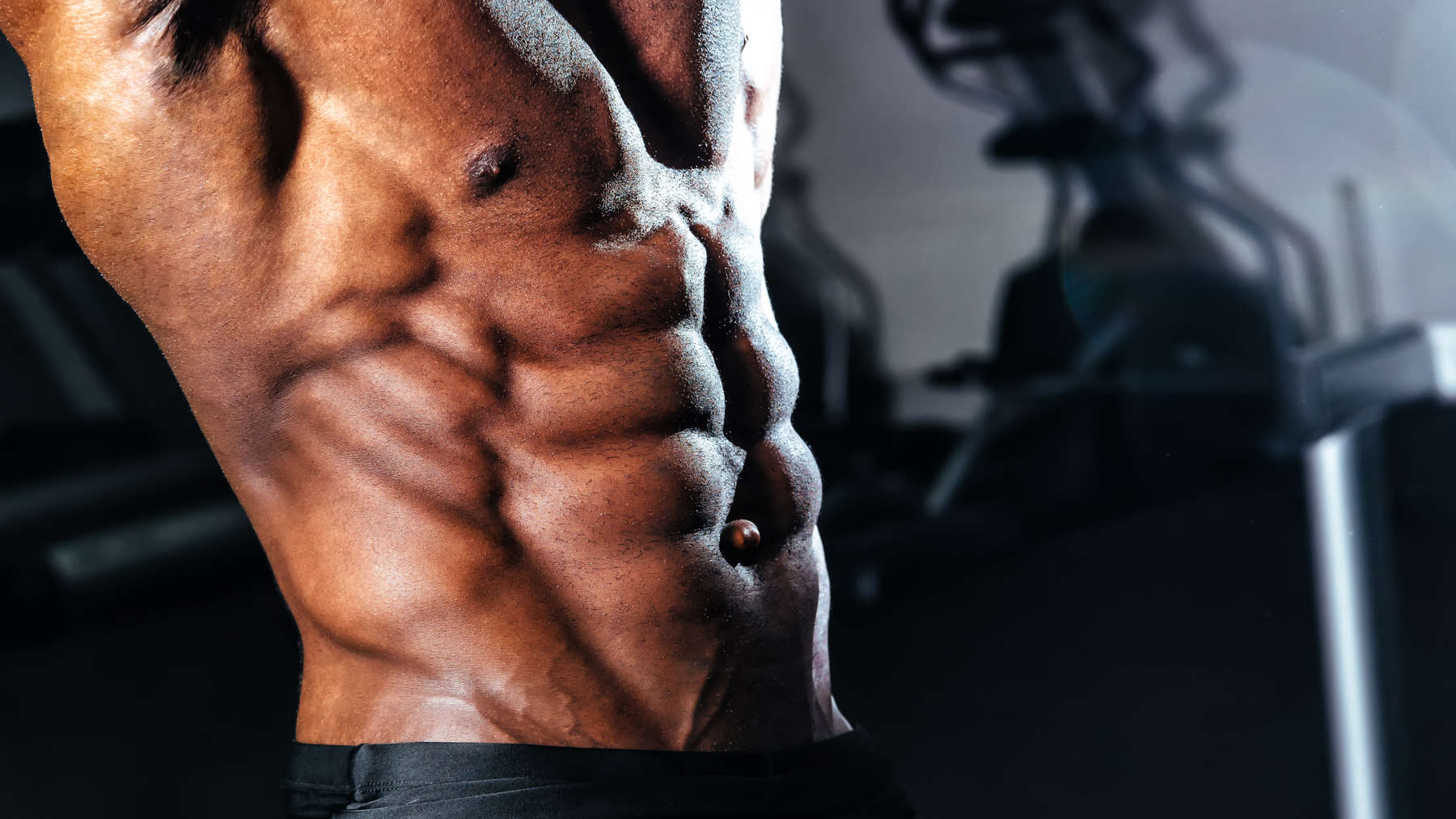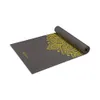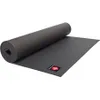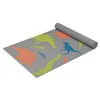No, not sit-ups — these are the two abs exercises you need to sculpt a six-pack, according to a personal trainer
Target your upper and lower abs with these two exercises

If you’re looking to strengthen your core and get more defined abs, there are hundreds of exercises out there you can use. However, not all abs exercises are created equal, especially if your purpose is specifically to try and carve out a six pack, rather than just increase your core strength in general.
Personal trainer Jeremy Ethier has a six pack, and in a video on his YouTube channel he says that there are two exercises he used to create it; the reverse crunch to target his lower abs, and crunches to target the upper abs.
There are variations on both moves that can make them more effective as you progress, but as Ethier explains in the video, the concept is simple. One move strengthens and grows your lower abs, and one does the same for your upper abs, and over time they will become more visible in a six-pack. That’s as long as you're backing up your training efforts with a healthy diet.
Ethier explains how to do the moves perfectly in the video below, as well as explaining how to progress the move and why crunches are better than sit-ups for sculpting a six-pack. Ethier suggests doing the reverse crunch on a bench, but you can also do it on the floor if you have one of the best yoga mats.
Watch Jeremy Ethier’s six-pack abs video
Ethier’s video is impressively detailed in how it explains what you need to do to get a six-pack, and why the two moves he highlights are all you need. There is also extensive advice on how to do each move perfectly, and why you actually don’t want to keep your back straight during abs exercises because it pushes the workload onto your hip flexors instead.
There is also advice on the sets and reps to with each move. Aim for three sets of 6-12 reps of each move, and as you get stronger make sure to progress by adding weight. Start with training once a week, and add in another session as you get stronger — using the principles of progressive overload is key to long term success.
Aim for three sets of 6-12 reps of each move, and as you get stronger make sure to progress by adding weight.
When it comes to progressing your crunches, Ethier recommends doing the rope cable crunch, for which you’ll need access to a cable machine. An ab mat that raises your lower back slightly can help you do both the reverse crunch and the crunch more effectively as well.
Sign up to get the BEST of Tom's Guide direct to your inbox.
Get instant access to breaking news, the hottest reviews, great deals and helpful tips.
For both moves you are going to get the best results if you move with control and focus on engaging the abs. You should be able to feel them working and the challenge building throughout each set as you increase the time under tension for the muscles. Don’t use momentum to swing up and down, it’s all about the abs.
Of course you don’t have to stick to those two moves to work on your core strength, which brings with it a lot more benefits than being able to show off a six-pack. If you’re a beginner and looking to begin strengthening your abs, this 10-minute standing ab workout is a good place to start, while this 10-minute core session will have your abs and obliques burning in no time at all.
More from Tom's Guide
- A Pilates instructor shares an 8-minute Pilates abs workout for deep core activation — so I tried it
- Forget sit-ups — this no-equipment ab workout blasts your deep core
- Three 10-minute ab workouts that hit all your core muscles

Nick Harris-Fry is an experienced health and fitness journalist, writing professionally since 2012. He spent nine years working on the Coach magazine and website before moving to the fitness team at Tom’s Guide in 2024. Nick is a keen runner and also the founder of YouTube channel The Run Testers, which specialises in reviewing running shoes, watches, headphones and other gear.
Nick ran his first marathon in 2016 after six weeks of training for a magazine feature and subsequently became obsessed with the sport. He now has PBs of 2hr 27min for the marathon and 15min 30sec for 5K, and has run 13 marathons in total, as well as a 50-mile ultramarathon. Nick is also a qualified Run Leader in the UK.
Nick is an established expert in the health and fitness area and along with writing for many publications, including Live Science, Expert Reviews, Wareable, Coach and Get Sweat Go, he has been quoted on The Guardian and The Independent.










